10 Creative Ways Businesses Use Interactive Maps
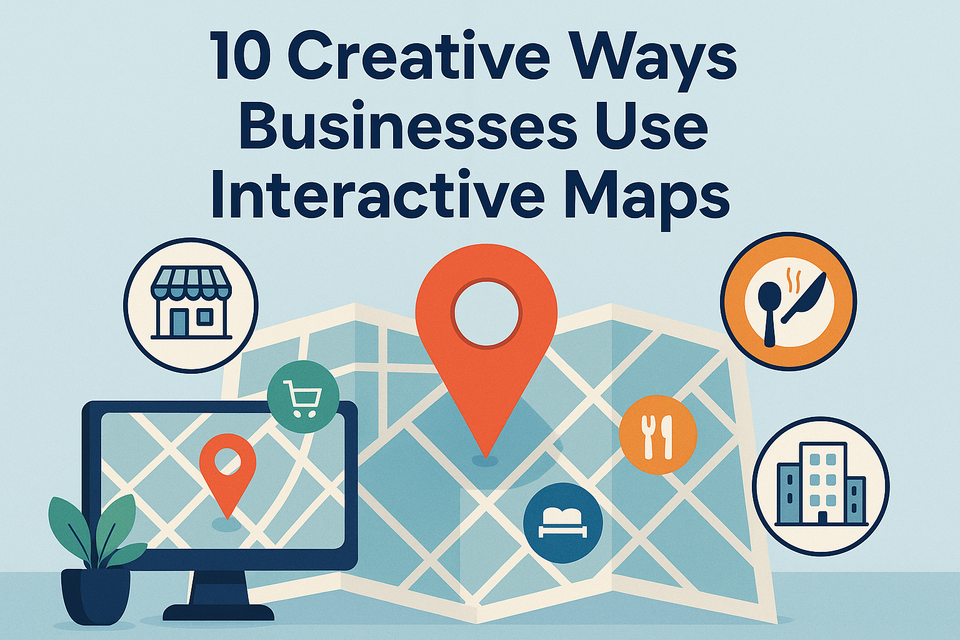
In a world where everyone’s glued to their screens, scrolling endlessly, getting someone’s attention is a big win. What if you could grab that focus—visually, smoothly, and maybe even with a bit of fun?
That’s where interactive maps come in. These aren’t just for finding your way anymore—they’re awesome for telling stories, marketing, and connecting with people. From cool boutique hotels to real estate hustlers, all kinds of businesses are using maps in super creative ways that go way past “here’s our spot.”
Check out 10 real-world ideas for how businesses are using interactive maps to shine, hook customers, and seal the deal.
1. Store Locator Maps with Personality
Forget dull pins. Brands now create store locators that match their visual identity, highlight local promotions, and even showcase staff picks per location. Some add filters — vegan options, open now, dog-friendly — to turn browsing into discovery.
Who’s doing it? Indie coffee chains, skincare brands, eco-retailers.
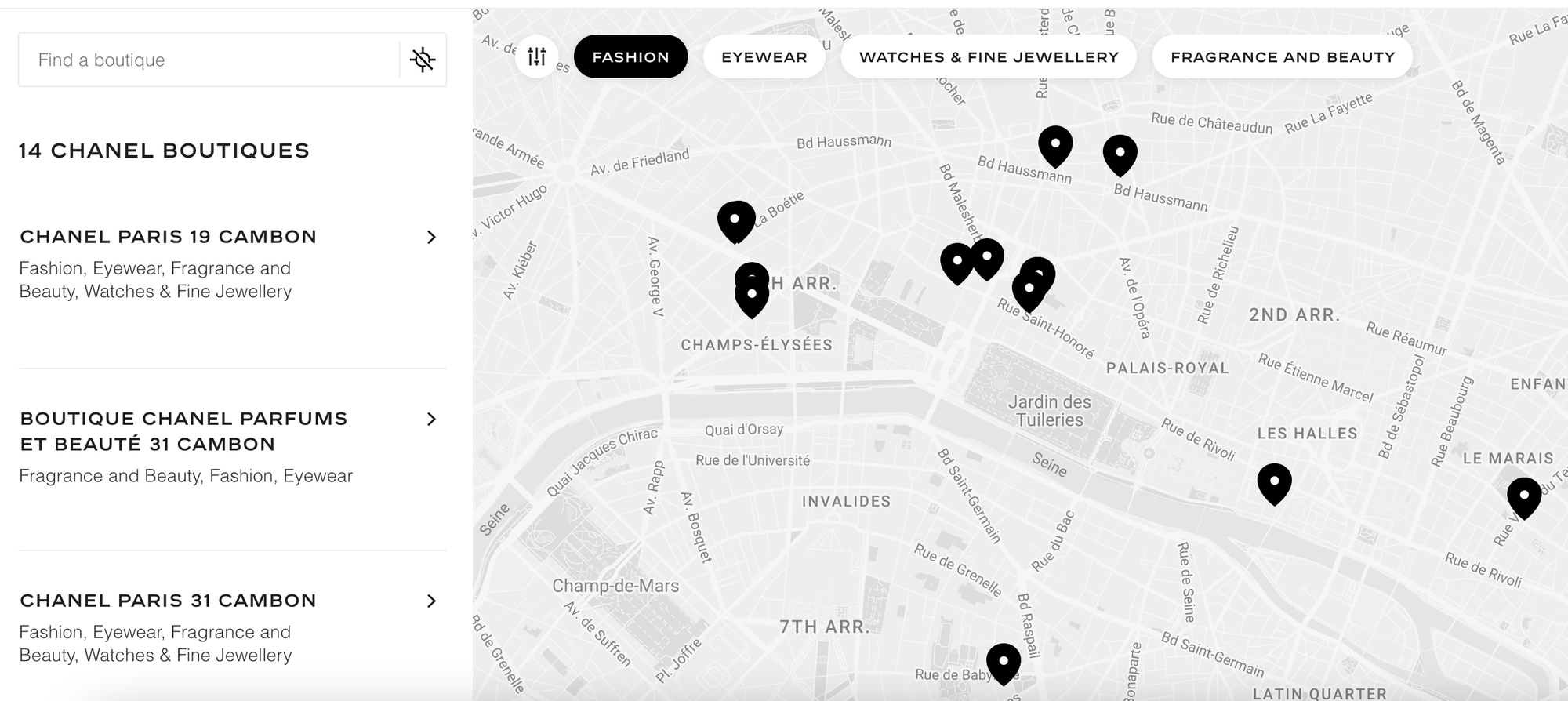
2. Event Maps That Replace Flyers
Festivals, conferences, pop-ups — if your event has multiple points of interest, an interactive map replaces clunky PDFs. Show schedules by location, add pop-up descriptions, or let users filter by activity type.
Bonus: Embed it on your site or link in bio — no app required.
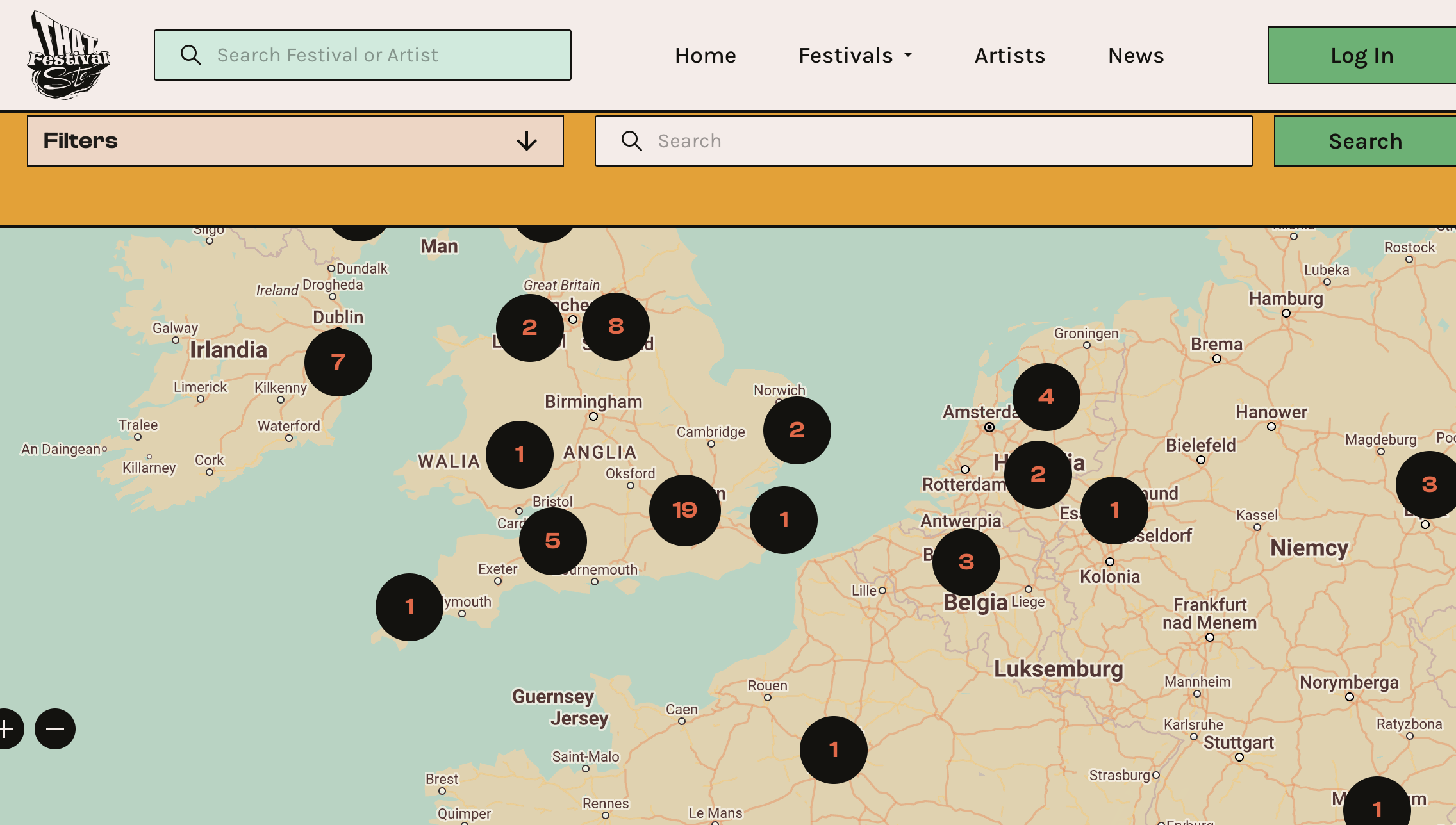
3. Tourism Maps With Custom Routes
Tour operators, local guides, and travel bloggers are using maps to plot multi-day itineraries or themed walks — food, history, Instagram spots. Interactive elements make users spend more time engaging with the content.
Add local tips, hidden gems, or even short video clips.
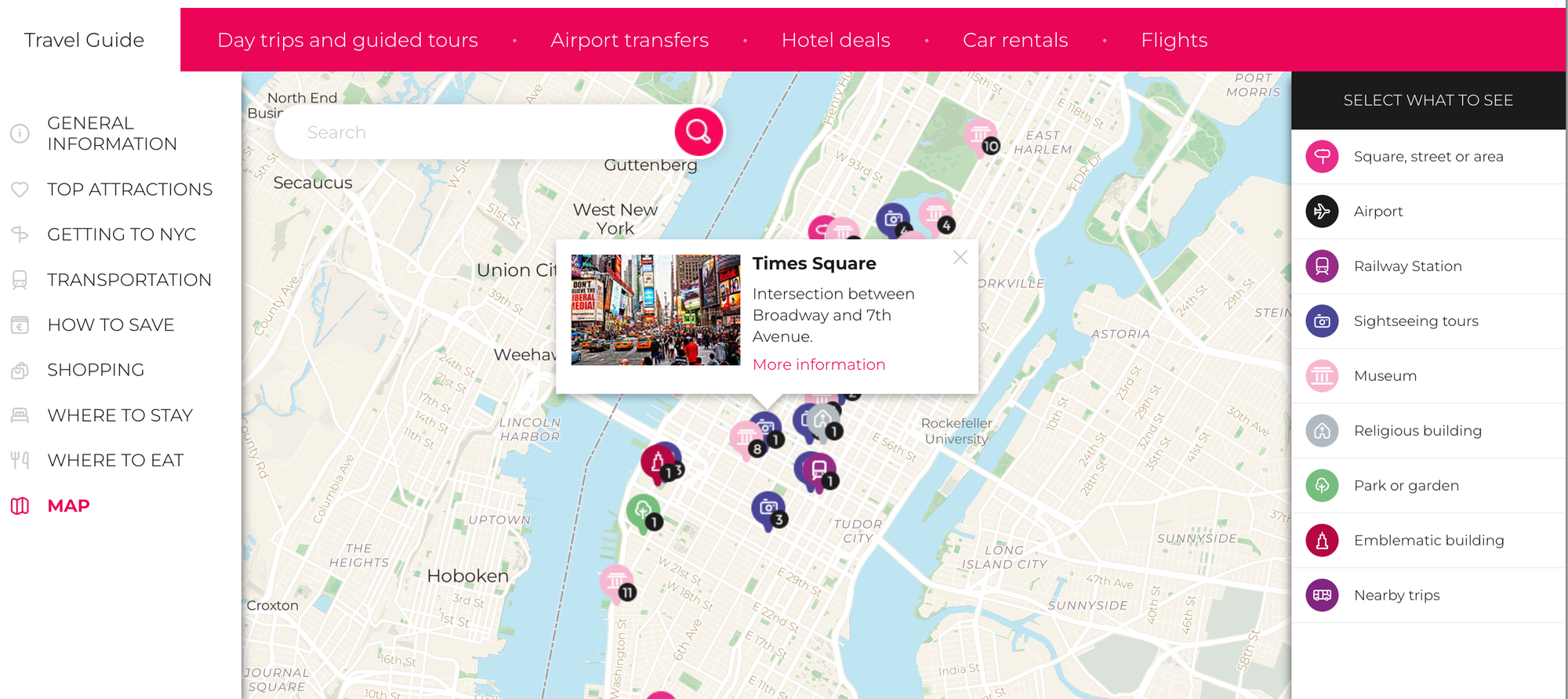
4. Real Estate Listings — by Map, Not Table
Instead of endless scrolling, buyers can explore listings via an interactive map, filtering by budget, bedrooms, or neighborhood vibe. It adds a sense of context and place, not just price.
Great for realtors, architects, and urban planners.
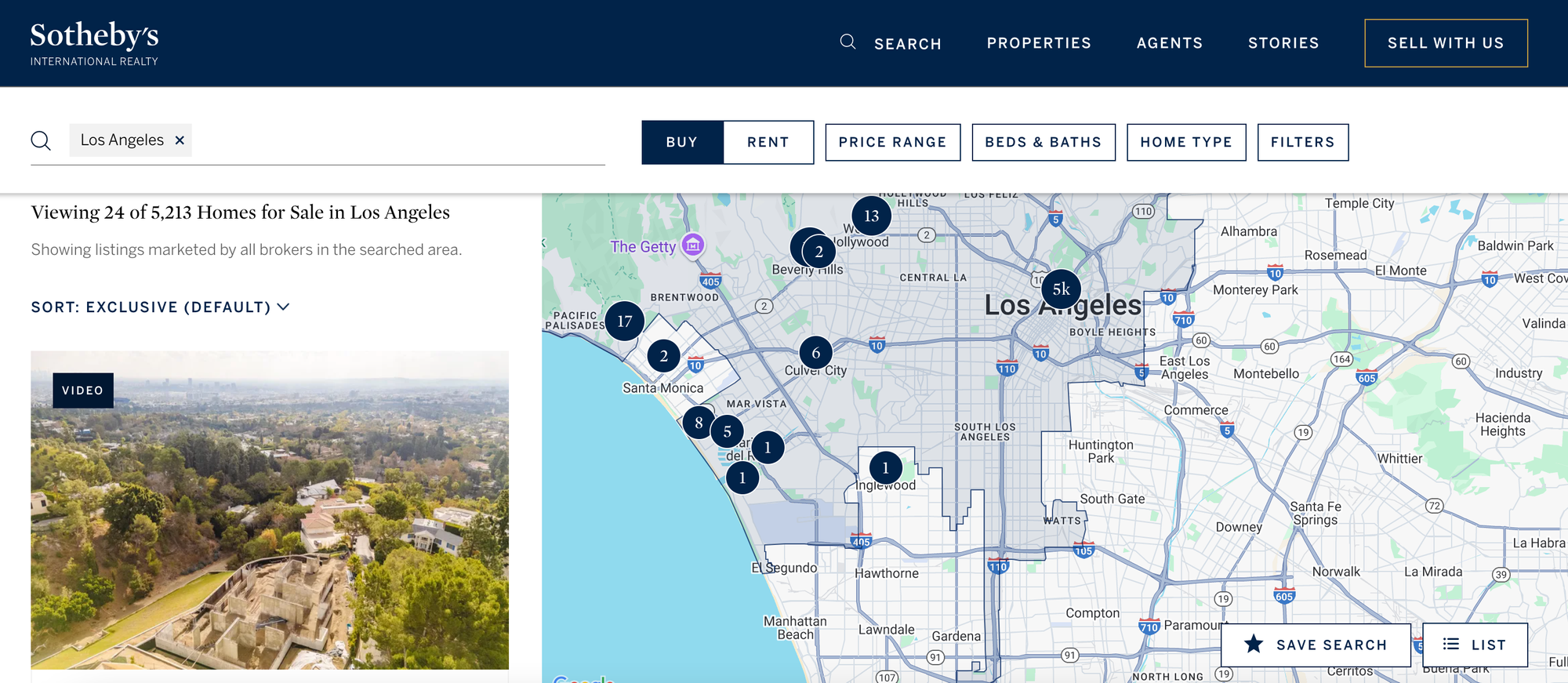
5. Interactive Portfolios for Photographers & Artists
Creatives are mapping their shoots, murals, or installations — especially when tied to location. For documentary photographers or urban sketchers, maps double as visual diaries.
“Here’s what I saw, and where.”

6. Behind-the-Scenes Maps for Brand Storytelling
Tell the story of where your ingredients come from. Or where your team is based. Or the journey your product takes. Interactive supply chain or “brand journey” maps add transparency — and charm.
Used by DTC brands and ethical fashion labels.
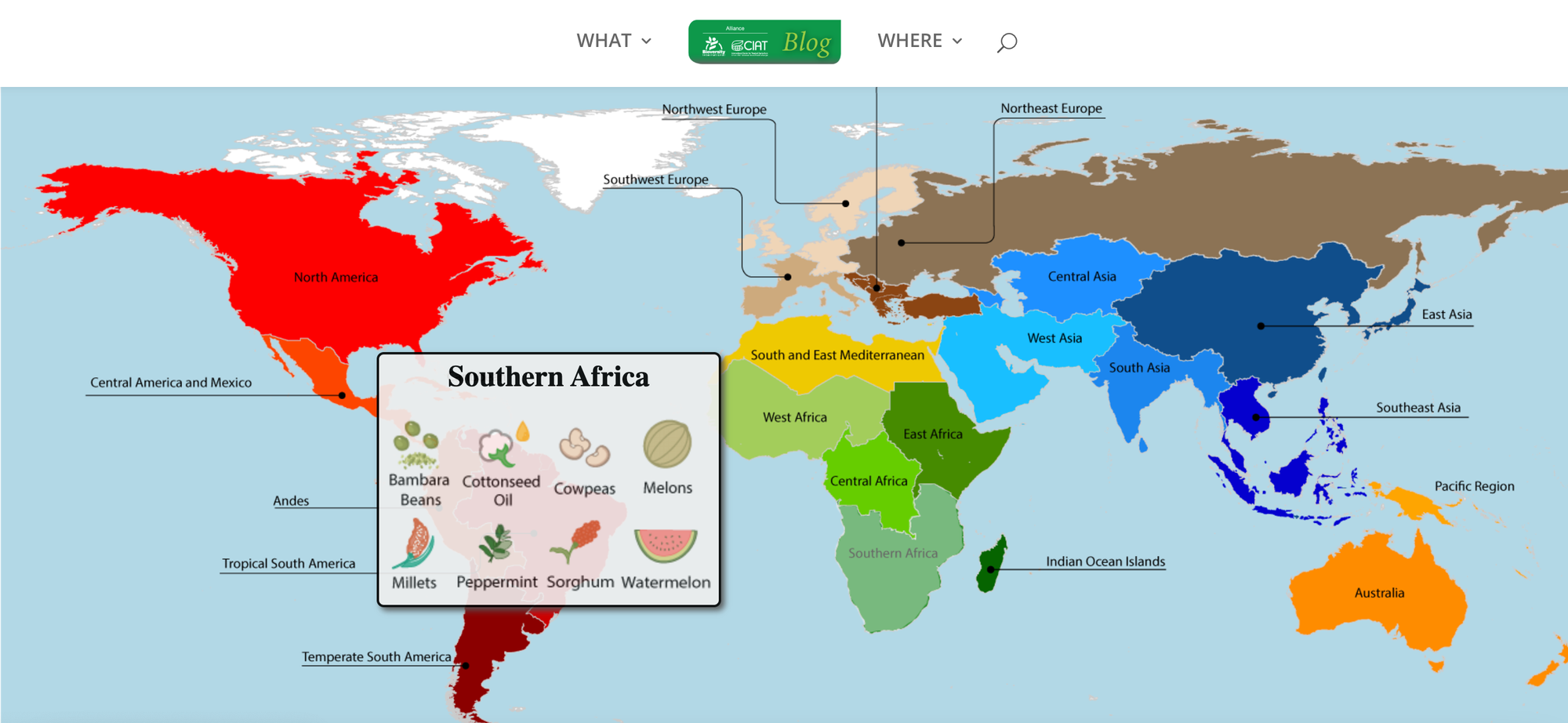
7. Local Business Directories with a Twist
Chambers of commerce, coworking spaces, or community orgs use maps to highlight local partners — complete with logos, bios, offers. It makes your website a go-to resource, not just a landing page.
Add categories like “women-owned” or “sustainable.”
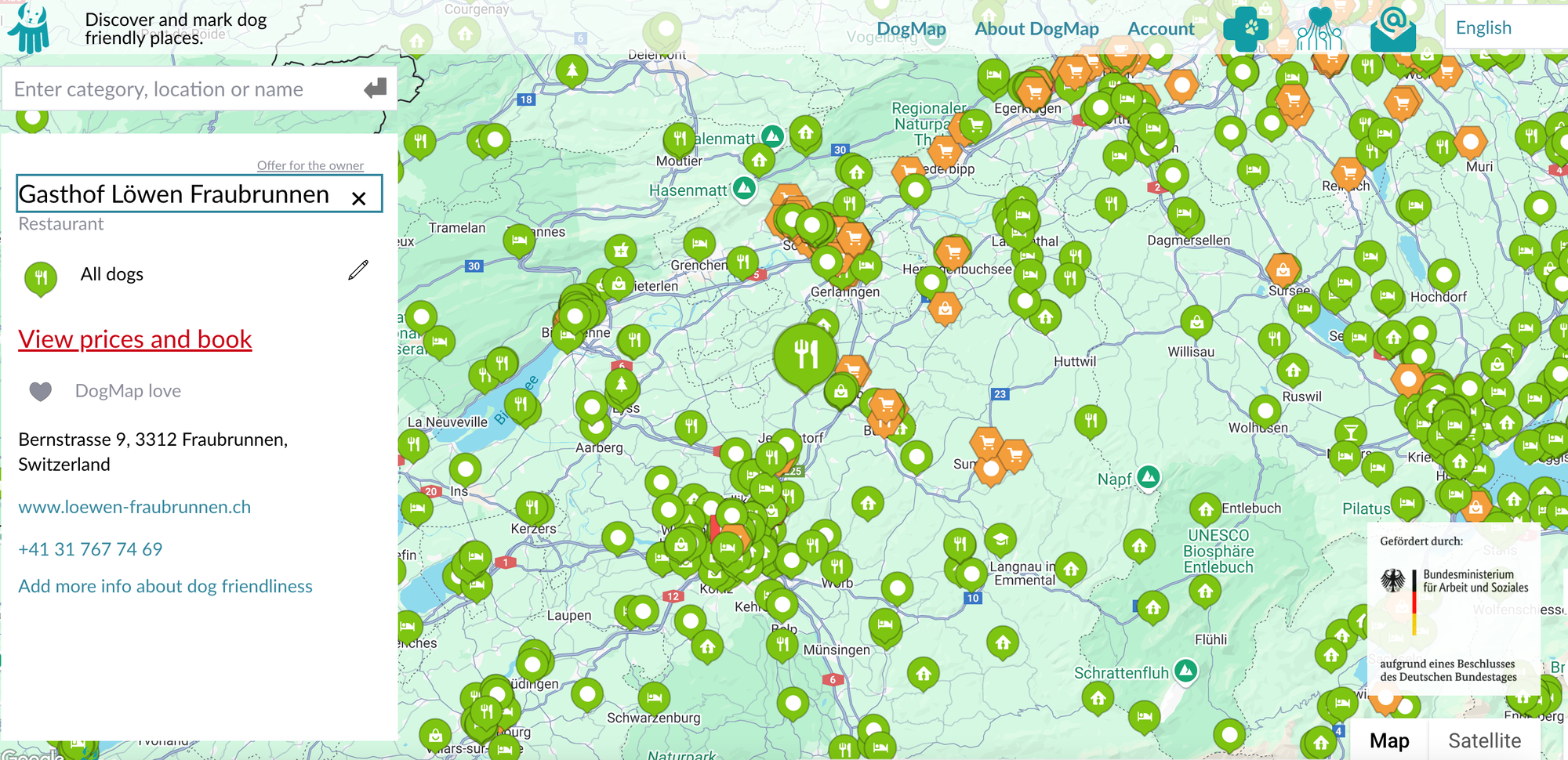
8. Campus or Venue Navigation
Museums, galleries, universities — all benefit from indoor/outdoor maps that help visitors orient themselves. Add audio guides, accessibility notes, or even wayfinding for events.
Makes everyone feel like a VIP guest.
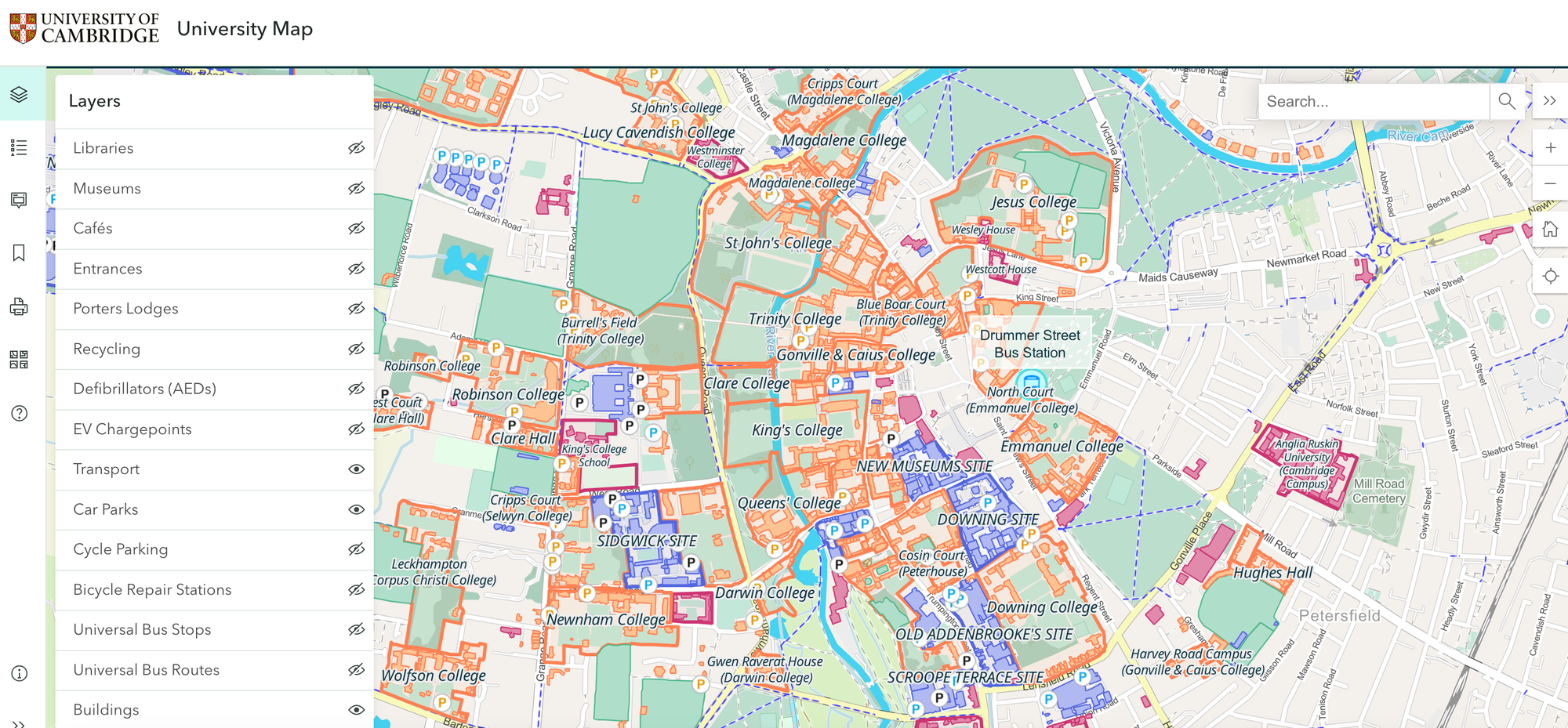
9. Customer Highlight Maps
Have customers around the world? Show them off. Brands use maps to display global clients, testimonials, or case studies — proving reach and building trust.
“You’re in good company.”
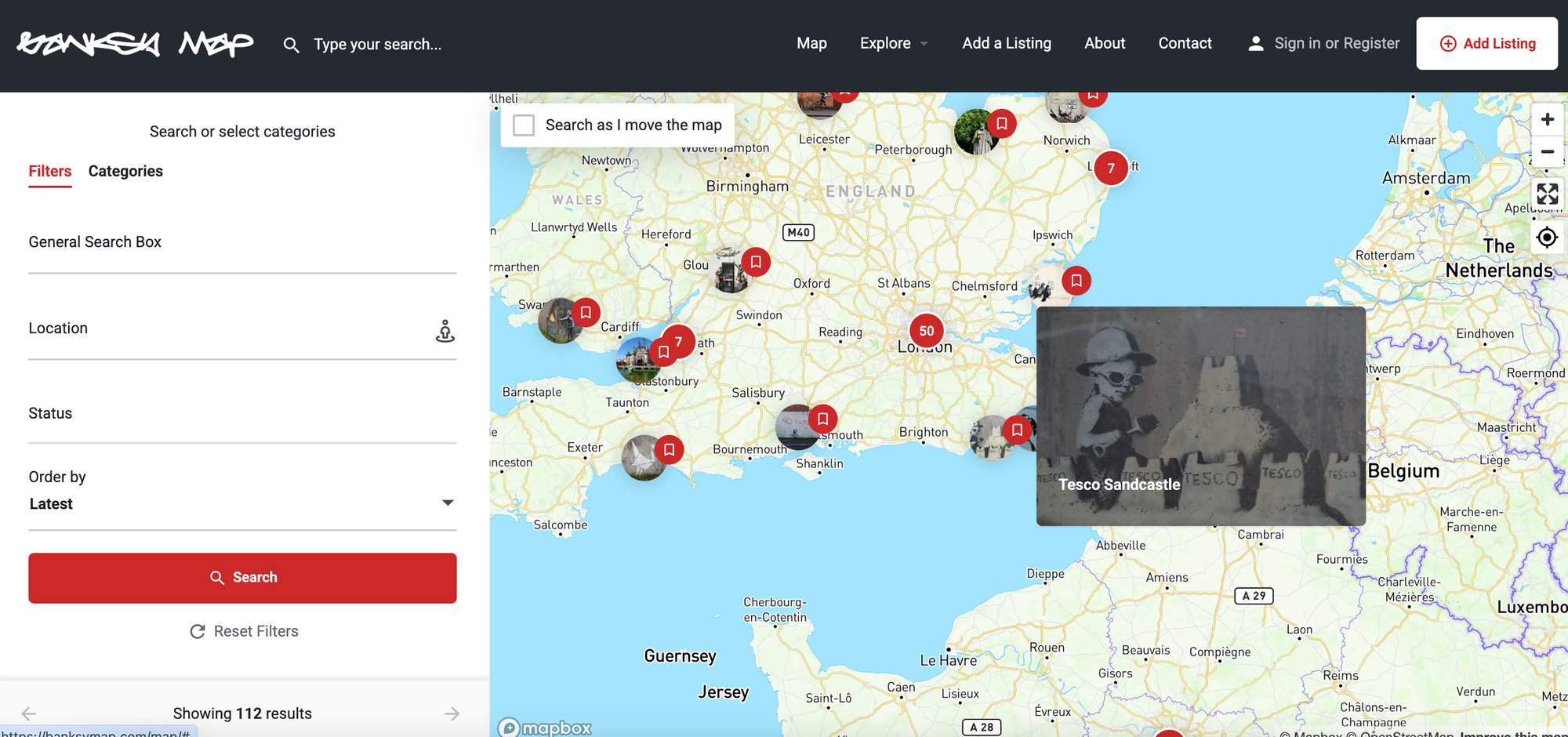
10. Interactive FAQs & Knowledge Maps
This one’s wild: Some brands replace static FAQ pages with interactive maps of questions or categories. It turns boring info into an experience.
Unexpected? Yes. Effective? Also yes.
Whether you’re a solo founder or scaling a digital brand, interactive maps let you say more — with less. They guide, inspire, and give your site that “oh wow” factor visitors remember.
And the best part? You don’t need to be a coding whiz to make, share, or add interactive maps to your site. Make Me Map lets you create awesome interactive maps that you can customize and easily share or embed on your website, blog, or online store.